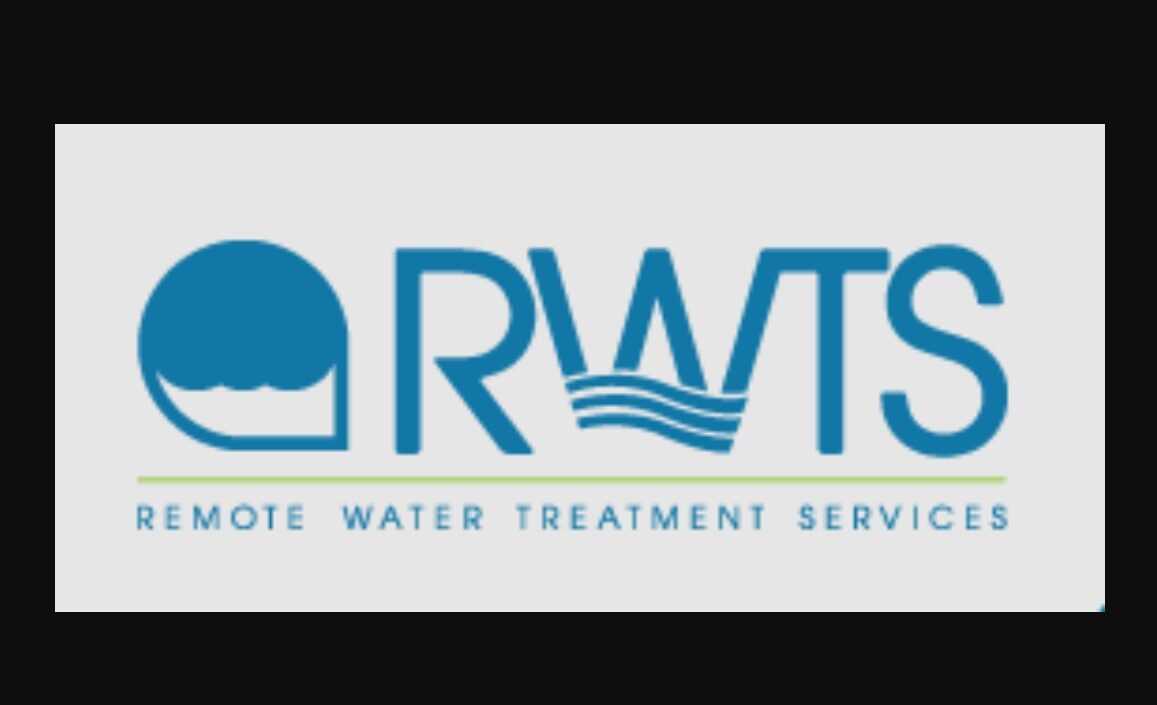
There are many types of Waste Water Treatment Systems. There are many different methods for treating sewage, including biological treatment and disinfection. These methods are sometimes combined and are known as "lagoon systems." Get more information about Website
Disinfection of the sewage
It is possible that a post-treatment process is necessary to decrease pathogens or the dissolved constituents. However it isn't always required. The effluent's quality should be comparable to the intended end-use procedures or the water bodies that are receiving it. The EPA provides guidelines for choosing the most effective disinfectant for waste water treatment. A variety of treatment methods can be employed to meet EPA standards. Below are the main methods for disinfecting sewage.
The primary goal of sewage treatment is to remove chemical and physical contaminants, but microbial agents are becoming more important. Microbial agents must be eliminated from wastewater treatment systems. Biological contaminants could include a variety of types of bacteria aswell eggs or parasite cysts. They can pose a threat to public health. Additionally, treatment strategies should be developed to prevent the proliferation of these organisms.
Bio-therapeutic treatment
The biological treatment of waste water treatment systems uses a series of procedures to remove contaminants. This treatment process includes a range of microorganisms. The process of biological treatment requires specific operational procedures that vary depending on the environment where the biomass is to multiply. For example the wastewater has to be provided with a constant level of dissolved oxygen to allow bacteria to increase in a healthy manner. These processes differ based on the type of wastewater used and the specific contaminant load.
There are many processes that can be used to treat livestock manure, food processing effluents and petroleum wastes. Biological processes can also be utilized to treat the waste streams of dyestuff and petroleum industries if they are identified by low levels of toxic. Many biological treatments can be combined with additional treatment steps. These additional steps could include aeration and UV treatment, carbon filtering, reverse osmosis or ultrafiltration.
Activated sludge
Activated sludge may be a byproduct from wastewater treatment. It can be extremely effective in removing 85-95% of solids and reducing the demand for biochemical oxygen by the same amount. The efficiency of activated sludge also depends on the climate and characteristics of the wastewater. Heavy soaps and detergents may affect the biological activity of the sludge, causing aesthetic problems. It is essential that industrial wastewater is often pretreated prior to being pumped through the water treatment system.
The process of aeration mixes air with biological floc, comprised of bacteria and protozoa. Activated sludge is the best choice when there is a balance between biomass in the wastewater and sludge flow. To do this, controlling the amount of oxygen dissolved in the wastewater is crucial. Based on the amount of biomass in the wastewater the aeration rate needs to be adjusted as well. However, it's not as easy as observing the dissolved oxygen level daily. The process of aeration is dependent on the level of oxygen dissolved.
Lagoon systems
As compared to other wastewater treatment methods, lagoon systems are simple to operate and do not require full-time staff. They are also more durable and able to handle shock loads and intermittent usage than many other systems. The lagoon systems are also effective in the removal of pathogens from wastewater and their effluent is suitable for irrigation. Lagoons are less effective in colder climates and may produce an unpleasant odor, particularly during algal blooms and the spring freeze.
To ensure that your environment is kept clean and maintain your lagoon system, you need to adhere to a few basic rules. The first is to stay clear of any other source of water that may pollute the system. The vegetation around the lagoon needs to be cut in the growing season. The vegetation which is too dense may obscure the lagoon and hinder the bacterial activity. In addition, you must make sure that you do not put grease, fats or chemicals down the drain.